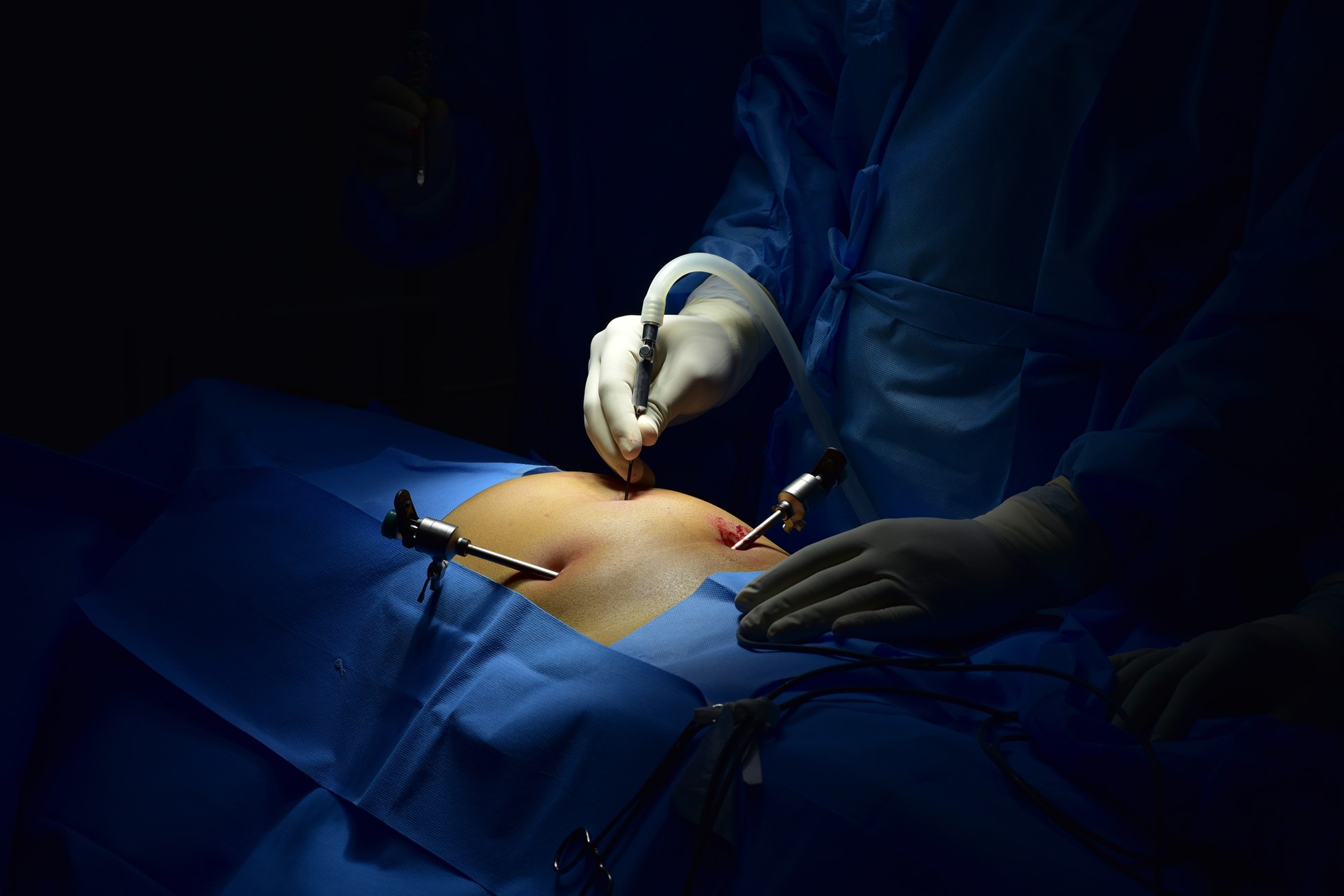We offer advanced care for women's health, including laparoscopic hysterectomy, a minimally invasive surgery to remove the uterus. If you're facing issues like fibroids, endometriosis, or other gynecological problems, a laparoscopic hysterectomy might be the solution.
What is Laparoscopic Hysterectomy?
A laparoscopic hysterectomy is a type of surgery where the uterus is removed through small incisions using a camera (laparoscope) to guide the surgeon. Unlike traditional open surgery, which requires a large incision, this procedure only needs tiny cuts, reducing pain and speeding up recovery.
Why is Laparoscopic Hysterectomy Done?
This surgery is usually recommended for conditions such as:
- Uterine Fibroids: Non-cancerous growths in the uterus that cause pain and heavy bleeding.
- Endometriosis: A condition where tissue similar to the uterine lining grows outside the uterus, causing pain and infertility.
- Uterine Cancer: In some cases of cancer in the uterus, cervix, or ovaries, a hysterectomy may be necessary.
- Pelvic Organ Prolapse: When the uterus drops into the vaginal canal due to weakened pelvic muscles.
- Chronic Pelvic Pain: If other treatments have not helped with long-term pelvic pain.
How is the Surgery Performed?
The surgery is done under general anesthesia, so you will be asleep during the procedure. Here’s a simple breakdown:
- Small Incisions: The surgeon makes 3 or 4 tiny cuts in your abdomen.
- Laparoscope Insertion: A small camera is inserted through one of the cuts to allow the surgeon to see inside your abdomen.
- Removal of the Uterus: Special tools are used to remove the uterus. In some cases, it may be cut into smaller pieces for easier removal.
- Closing the Incisions: The small cuts are closed with stitches or tape, and you’ll be moved to a recovery room.
Benefits of Laparoscopic Hysterectomy
Laparoscopic hysterectomy offers several advantages over traditional surgery:
- Smaller Incisions: Fewer and smaller cuts mean less scarring.
- Less Pain: You’ll experience less pain after surgery.
- Faster Recovery: Most women return to normal activities in 1-2 weeks, compared to 6-8 weeks for open surgery.
- Lower Risk of Infection: Smaller incisions reduce the chance of infection.
- Shorter Hospital Stay: Many women can go home the same day or after just one night in the hospital.
Recovery After Surgery
Recovery is much faster than traditional surgery. You may feel sore for a few days, but most women are back to their normal routine within 1-2 weeks. Avoid heavy lifting or intense exercise for about 6 weeks.
If you’re struggling with conditions like fibroids, endometriosis, or chronic pelvic pain, a laparoscopic hysterectomy may help improve your health and quality of life. At Dr. Swathi's Women's Clinic, we’re here to provide expert care and support throughout your treatment journey.
Contact us today to schedule a consultation and learn more about how laparoscopic hysterectomy can help you.



